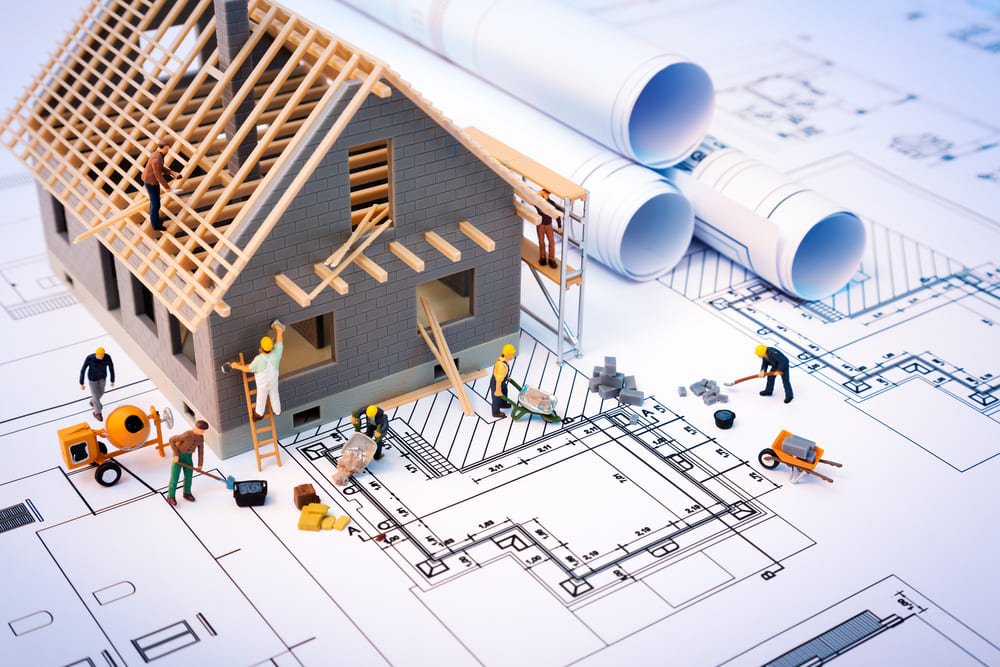
Sydney continues to hold its position as Australia’s most expensive city for construction, with costs reaching US$3,017 per square metre.
However, Brisbane has surged to second place, driven by heightened market activity and rising labour costs, now at US$2,802 per square metre.
The International Construction Market Survey (ICMS) 2024 report by Turner & Townsend reveals that Australia’s construction sector is experiencing robust investment from federal and state governments to meet the demands of a growing population.
Despite this, the industry faces significant challenges, including high construction costs and skilled labour shortages, which are dampening private sector investment.
Construction costs across Australia have increased from US$2,613 per square metre in 2023 to US$2,724 per square metre in 2024.
The report identifies an imbalance in labour supply and demand, a shortage of housing supply, and elevated construction costs as the primary obstacles facing the sector.
While average hourly wage growth has remained relatively stable over the past year (from US$64.9 in 2023 to US$65 in 2024), Australia maintains its position as the third most expensive region for construction labour costs globally, trailing only North America and Europe.
Recent construction union agreements in Queensland, Western Australia, and Victoria have included significant wage increases over the next five years, with negotiations in New South Wales proposing even larger hikes.
These agreements are expected to exacerbate existing labour challenges and contribute to higher project costs in the coming years.
Queensland’s construction market is facing particularly intense pressures, which are anticipated to escalate as major projects for the Brisbane 2032 Olympic and Paralympic Games commence.
Meanwhile, New South Wales and Victoria are experiencing a slight cooling due to subdued private sector investment and higher construction costs.
Julian Kerwood, Head of Real Estate, ANZ at Turner & Townsend, commented on the situation: “Over the past 12 months, the Australian construction market has performed better than expected in the face of challenging market conditions, namely critical skilled labour shortages and significantly higher construction costs.”
Looking ahead, both public and private sector investments supporting the net-zero transition are expected to generate substantial construction activity across the energy and industrial sectors.
Additionally, demand driven by strong population growth should support greater expansion across the sector in the latter half of the decade.
Kerwood emphasised the need for collaborative efforts to address these challenges: “Addressing the near-term challenges for the construction sector will require prompt action to increase housing supply across the regions to enable the construction workforce to migrate to where the demand is.”
Despite ongoing challenges, the construction cost escalation forecast for 2024 is around 3.7 per cent, which is 1.9 per cent lower than the previous year, partly due to the stabilisation of building material costs.














